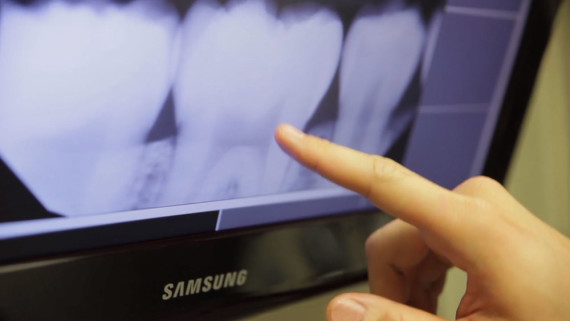Metal in Your Mouth: Why Mercury Fillings Are So Dangerous
At this point in time there is no excuse to subject a patient to the health risks of mercury exposure.
Scientists and doctors all over the world agree that dental amalgam fillings leach mercury into the mouth, yet traditional dentists still use them, mostly based on low-cost and convenience. Mercury leakage is the potential cause of chronic illnesses, autoimmune disorders, neurodegenerative diseases and potential birth defects. Amalgam can release small amounts of mercury vapor that patients absorb by inhaling or ingesting them. Although dental amalgam is currently approved for use in most countries, it is now prohibited in Norway, Denmark and Sweden. If some countries are banning it, you would think all countries would. Unfortunately that is not the case.
The History of Mercury Fillings
In the mid 1800’s dentists from France came to America with a new “filling” material for teeth. It was composed of approximately 50% mercury and 50% other metals (mostly silver with some tin and copper). This new invention seemed like a great way to strengthen teeth and keep cavities at bay. But some dentists opposed them on the grounds that mercury should not be used in the body at all. These dentists tried to enforce this by having the members of the National Dental Association sign a pledge that they would not use this new toxic metal filling material for teeth. However, In 1859 the American Dental Association (ADA) was formed and chose to endorse the use of mercury amalgam, declaring it safe for use. This confusing about-turn was due to facts revealed some years later showing that some members of the ADA held patents on the mercury amalgam ‘recipe’.
One of the most shocking facts is that amalgam fillings are not FDA certified, nor is it certified by the American Dental Association (ADA). Some find this hard to believe. The Dental Association has gotten around the approval process by saying that since the dentist is the final manufacturer of the material, the dentist is the responsible party for any problems that arise. However, the FDA must approve other products used in a dental office, mixed by the dentist at the time of use, but not the mercury. This puts every patient that has mercury fillings at high risk of toxification.
Replacing Your Filling.
There is no safe level for mercury in the body. This means that it is harmful at all doses. It has been conclusively shown that mercury leaks out of the filling over time from the moment it is inserted. Given these facts, one of the first things I recommend to all of my patients is the prompt removal of all amalgam fillings still in their mouths. I use all safety precautions necessary, and follow the IAOMT Protocol. Once the mercury is safely out of your mouth I will replace it with a composite filling, made of biocompatible materials. When making use of biocompatibility, we stock many composite resin materials for fillings and restorations. Other bonding materials are also considered. Composites don’t just fix a tooth, but truly restore it. The filling is completely natural in appearance. They feel and wear very much the way natural teeth do. Obviously nothing is as perfect as original teeth, but you’ll notice a positive difference right away. It’s a great feeling to know that you have a healthy and happy mouth.
If you have any questions or concerns please feel free to ask me or my staff. We love educating our patients about our process and ways we might help you live a healthier life by having a healthy mouth.






